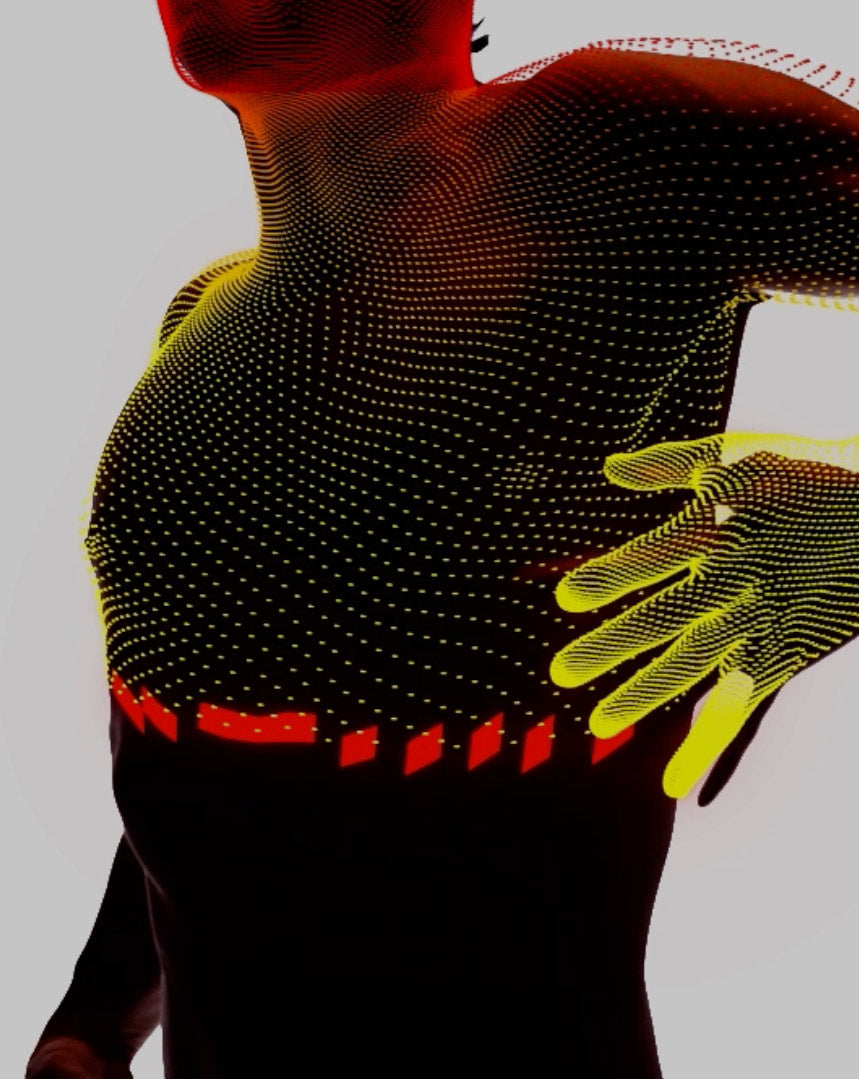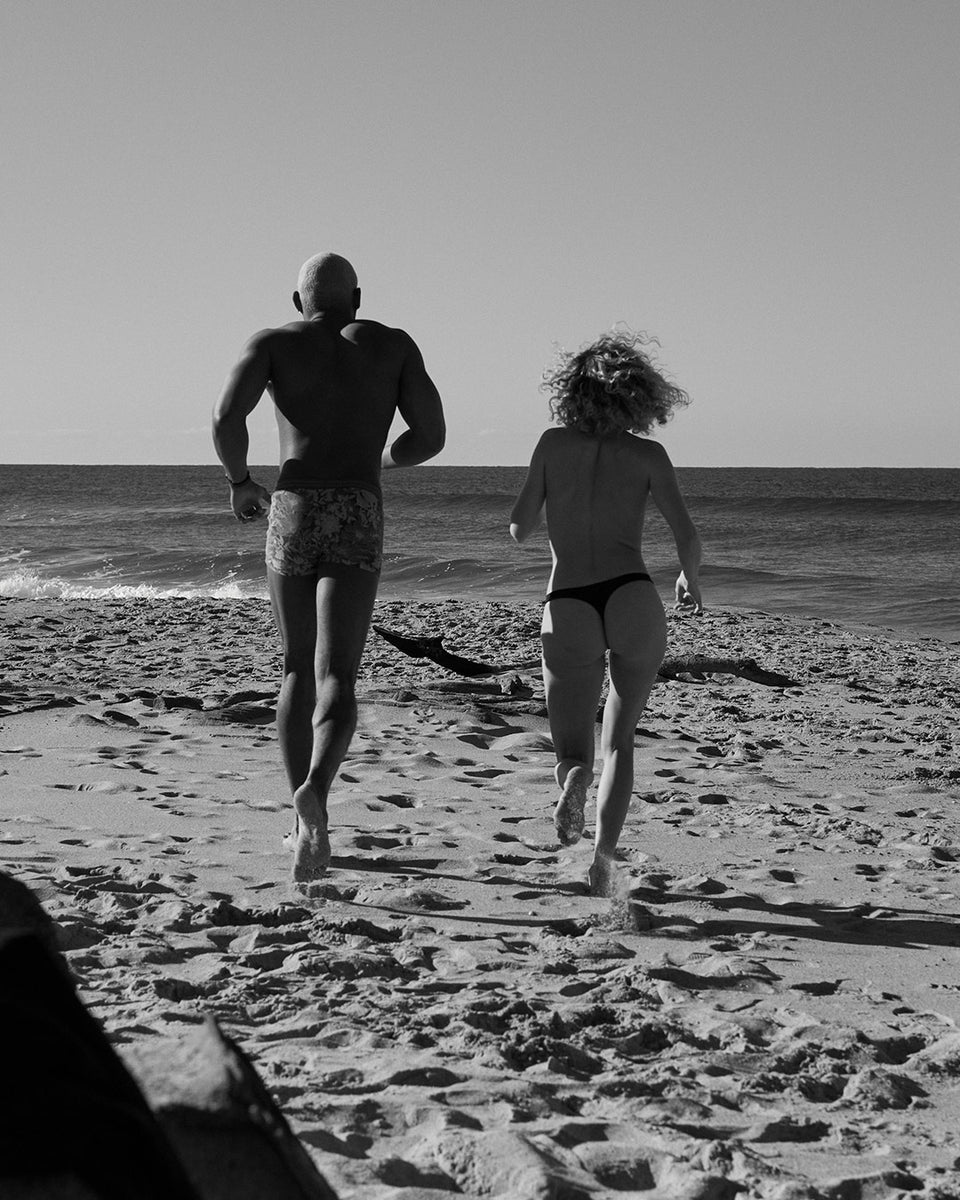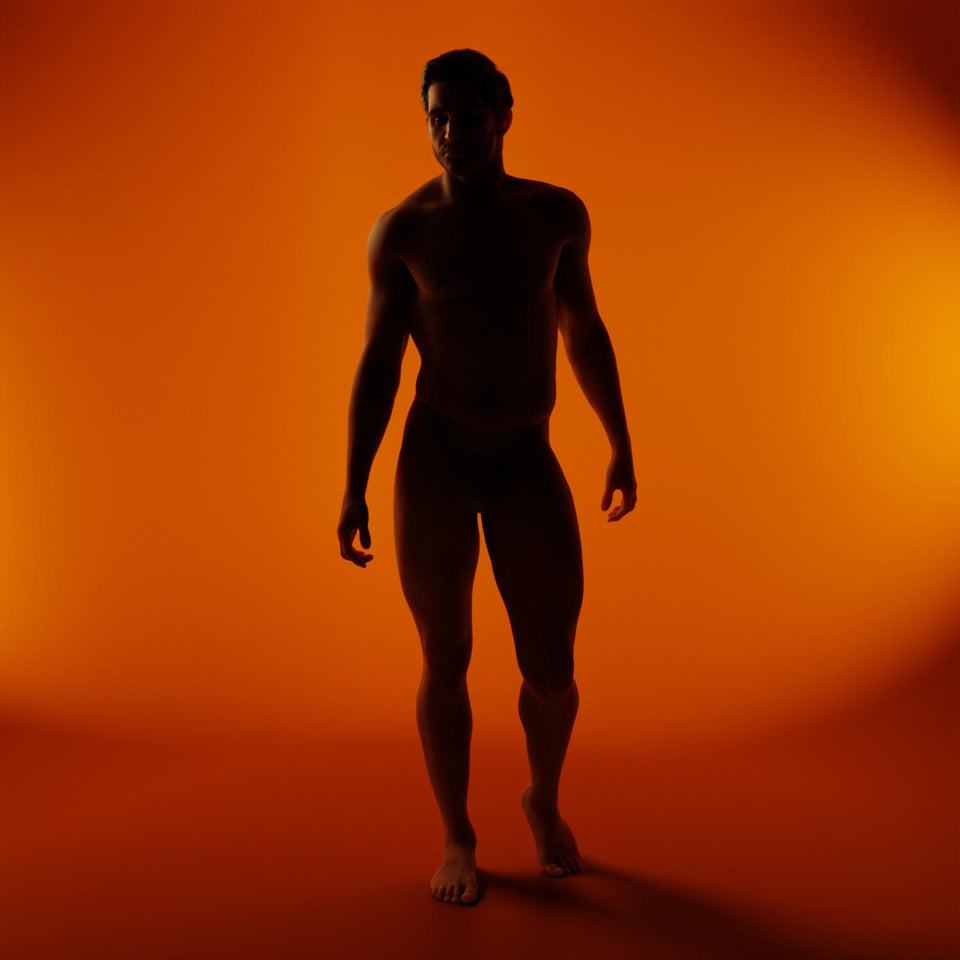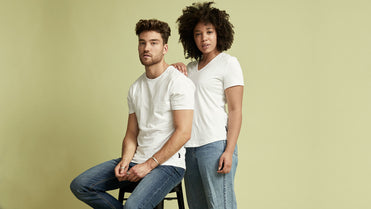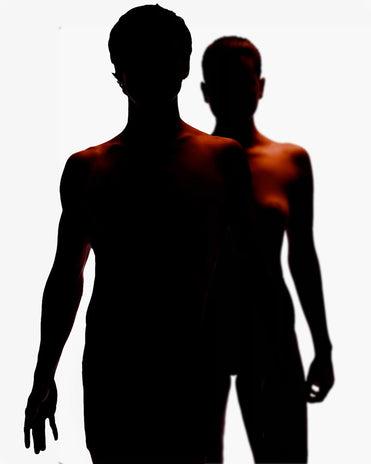Did you know that many things we take for granted today began life in the navy? From GPS tracking nuclear subs in the 1960’s, to those pre-packaged ‘ready-made’ salads you buy which were developed by the U.S. Navy to send lettuce to Vietnam.
And throughout history, the navy has also played a hand in contemporary fashion as well. Brass buttons, pea-coats and bell-bottom pants all began life as naval uniforms. In fact, Bell-Bottoms were originally developed to allow deckhands to easily roll up their trousers to wash the deck, or to take their pants off quickly in the event of being washed overboard. Then in the 1960’s they were discovered in military surplus stores by rebellious youths and refashioned into the flares we associate with the Hippy movement.
NAVY BLUE
The other sartorial gift from the navy is colour. And yep, you guessed it, the hugely popular namesake colour was named after the navy, being first used by the Royal Navy in 1748 for their officers’ uniforms and subsequently embraced around the world.

Many people erroneously believe that the colour was chosen because of its obvious similarities to the sea. But the real reason is far more prosaic and owes more to imperialism than it does to nature.
Thanks to their colonisation of India, the British Empire now possessed huge supplies of Indigo. Unlike other dyes, “Indigo was not only plentiful and affordable but was particularly colour fast, outclassing other colours in withstanding extensive exposure to sun and salt water.” In short, it was the perfect dye for any uniform exposed to the elements on a daily basis.
The navy is also responsible for bringing another colour into mainstream fashion. A light grey colour with undertones of blue, variously known as ‘battleship grey’, ‘storm grey’ and ‘haze grey’. Whatever the navy calls it, we call it Admiralty Blue and it is the latest addition to our range of limited-edition colours.
And as you’ve come to expect, there’s a fascinating history behind it.
HARD TO SEA
For much of naval history, camouflage was thought to be unnecessary. Cannons were notoriously inaccurate and, provided a ship kept a certain distance, they were pretty safe from enemy guns.

All that changed however, as R&D into naval arms meant that gun ranges increased exponentially. Now it became imperative for a ship to blend in with her surroundings. To this end, the Germans painted their High Seas Fleet a uniform shade of warm grey, whilst the French opted for a dark grey.
The British, however, embarked on a different tack.
By 1916, one fifth of the British merchant fleet had been sunk by German U-boats and Britain was in danger of being starved into submission. It was clear that something needed to be done quickly.
Since 1914, both British and U.S navies had been bombarded with ideas to make ships invisible. These ranged from the impractical to the ludicrous, and included covering ships in mirrors, disguising them as giant whales and making them look like clouds.
Even Thomas Edison got involved in the madness, coming up with a scheme to make a ship look like an island – Complete with sand and trees. It was, perhaps, a measure of naval high command’s desperation that this idea was actually put into practice. The S.S. Ockenfels, however, only made it as far as New York Harbor before a canvas covering blew away and everyone realised what a stupid idea it was.
A DAZZLING IDEA
In 1917, Norman Wilkinson, a talented British artist (one of his paintings was on the Titanic) and commander of a patrol boat came up with a novel and somewhat startling solution to the problem.

His insight was that rather than hiding a ship, (pretty impossible considering it belched smoke,) instead, hide its intentions. Break up her form so that submarine officers would find it hard to work out which way she was heading and what her size was.

The British High Command, bereft of any better ideas, decided to give it a try. Wilkinson was made head of the intriguingly named “Dazzle Section” and given a room, not in the admiralty, but in a suite of disused studios at the Royal Academy of Arts.
Here, he and his team set about creating designs to transform sober-hued battleships into what one bemused onlooker described as “floating cubist paintings.” The Americans quickly followed suit, and by 1917 Dazzle ships were a regular, if somewhat confusing sight, in the North Atlantic.

Whether dazzle actually worked on not is anybody’s guess. The numbers suggest it made little or no appreciable difference. However, it did pave the road for Futurism, Cubism, Expressionism, and Abstract Art. And one can see, when looking at the ships decked out in their contrasting colours and asymmetrical lines, why Picasso was prompted to claim that Dazzle ships were his idea.

By the time WW2 rolled around, improvements in range finders and the use of spotter aircraft made dazzle camouflage somewhat redundant. It was still being used, though to a lesser degree.
NIFTY SHADES OF GREY

After WW2, many of the world’s navies began painting their ships in various shades of grey, mainly because scientists proved it to be the best camouflage against sea and sky.
The British opted for a shade called ‘Storm Grey’ which mimics the slate colour of their North Atlantic home waters. The American and Australians, however, opted for ‘Haze Gray’ which reduced the contrast of the ships with the horizon, and de-emphasises the vertical patterns in the ship’s appearance.
It also has a low solar-absorbing formulation which reduces the surface temperature by 15-20 degrees Celsius. This takes the strain off on-board cooling systems, and also reduces a ship’s thermal signature, making it harder to detect with infra-red.
LOOK DAZZLING IN ADMIRALTY BLUE
Speaking of cool, we reckon our Admiralty Blue Magic Fit® Tee will make you feel every bit as cool as a Haze Grey battleship. The only difference is, that whilst they’re designed to blend in, you are most assuredly going to stand out.
So get onboard with our latest cool colour, symbolising neutrality and balance. We guarantee you’ll make quite a splash.

